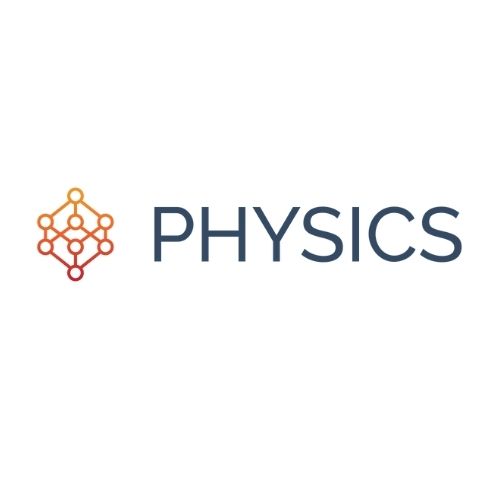Introducing a framework that enhances the provision of cloud services in Europe
The EU-funded PHYSICS project is empowering European cloud service providers to leverage cutting-edge, scalable and cost-effective cloud models, such as function-as-a-service (FaaS) ones, operated across multiple hardware types, locations, edge computing nodes and multi-cloud resources. The project will apply a vertical solution consisting of a cloud design environment enabling the design of visual workflows and an optimised platform-level FaaS. A back-end optimisation toolkit should enable cloud service providers to enhance baseline resource performance, tackling issues such as cold-start problems, multitenant interference and data locality. The project's outcomes will be validated in three applications – eHealth, agriculture and manufacturing.
Project Objective
PHYSICS empowers European CSPs exploit the most modern, scalable and cost-effective cloud model (FaaS), operated across multiple service and hardware types, provider locations, edge, and multi-cloud resources. To this end, it applies a unified continuum approach, including functional and operational management across sites and service stacks, performance through the relativity of space (location of execution) and time (of execution), enhanced by semantics of application components and services. PHYSICS applies this scope via a vertical solution consisting of a:
-Cloud Design Environment, enabling design of visual workflows of applications, exploiting provided generalized Cloud design patterns functionalities with existing application components, easily integrated and used with FaaS platforms, including incorporation of application-level control logic and adaptation to the FaaS model.
-Optimized Platform Level FaaS Service, enabling CSPs to acquire a cross-site FaaS platform middleware including multi-constraint deployment optimization, runtime orchestration and reconfiguration capabilities, optimizing FaaS application placement and execution as well as state handling within functions, while cooperating with provider-local policies
-Backend Optimization Toolkit, enabling CSPs to enhance their baseline resources performance, tackling issues such as cold-start problems, multitenant interference and data locality through automated and multi-purpose techniques.
PHYSICS will produce an Artefacts Marketplace (RAMP), in which internal and external entities (developers, researchers etc) will be able to contribute fine-grained reusable artifacts (functions, flows, controllers etc).
PHYSICS will contribute to open source tools and initiatives/policies (Gaia-X, Green Deal, EOSC, Eur. Strategy for Data), while validating the outcomes in 3 real-world applications (eHealth, Agriculture and Manufacturing), making a business, societal and environmental impact on EU citizen life
